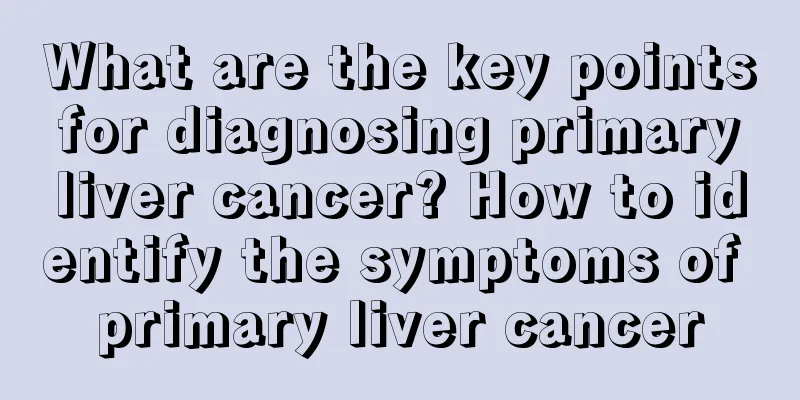What are the specific treatments for lymphoma

|
In recent years, lymphoma has become one of the major diseases that endangers society and human health, and it has brought great pain and distress to humans. In order to reduce the incidence of lymphoma, we humans should master the treatment methods of lymphoma. The following is a brief introduction to how to treat lymphoma: Malignant lymphoma is a highly malignant tumor. In the past, more than 90% of patients died within one year. However, this type of malignant tumor is also the one with the greatest progress in treatment. After nearly half a century of research, most malignant lymphomas can now be cured. Therefore, malignant lymphoma is not an incurable disease. This is mainly due to radiotherapy and chemotherapy, which are the main treatments for malignant lymphoma today and have achieved remarkable results. In particular, significant progress has been made in the treatment of Hodgkin's disease, with the overall 10-year survival rate increasing to more than 50%, and the vast majority of patients may have been cured. Most Hodgkin's disease can be cured by one or both of radiation therapy and chemotherapy. Radiation therapy alone can cure more than 90% of patients in stage I or II. Treatment only needs to be done in an outpatient setting and the course of treatment is about 4-5 weeks. The radiation site is the affected lymph nodes and surrounding lymph nodes. Significantly enlarged lymph nodes in the chest should be given chemotherapy before or after radiotherapy. Through this combined treatment, 85% of patients can be cured. Treatment for stage III Hodgkin's disease varies depending on the situation. If the patient is asymptomatic, radiation therapy alone is sometimes given. 65% to 75% of patients are cured. Adding chemotherapy increases the chance of cure to 75% to 80%. If the patient has symptoms, chemotherapy should be given or radiation therapy should be added. The cure rate for these patients is between 70% and 80%. For patients in stage IV, combined chemotherapy is generally used. Each chemotherapy cycle lasts for 1 month, and the total course of treatment is 6 months or more. There are other combined chemotherapy regimens. Even for patients in this advanced stage, more than 50% of patients can still be cured. Non-Hodgkin lymphoma often spreads throughout the body. For some people, a complete cure is possible. For others, treatment can prolong life and improve symptoms for years. The likelihood of a cure or long-term survival depends on the stage of the lymphoma and where it has spread. Of course, the decision to use chemotherapy is difficult for both the patient and the doctor. Although chemotherapy can greatly increase a patient's chance of cure, its side effects are significant. Chemotherapy drugs can cause temporary or permanent infertility, increase the risk of infection, and cause hair loss. Some people can develop leukemia 5-10 years or more after radiation or chemotherapy. However, for patients with malignant lymphoma, this treatment option is still the best choice. Lymphoma is prone to swollen lymph nodes in the clavicle, armpits, and groin. Radiotherapy and chemotherapy cannot distinguish between normal cells and malignant lymphocytes, so they cannot be used as the only treatment method. Traditional Chinese medicine can be used as an adjuvant. After malignant lymphoma ulcerates, the wound is not easy to heal. Therefore, it is recommended not to use or use less external plasters to prevent ulceration. Traditional Chinese medicine has better efficacy. Traditional Chinese medicine should not be used to fight poison with poison. The above is the treatment method for lymphoma. Experts suggest: If you have symptoms of disease, do not delay diagnosis and go to a regular hospital for treatment in time to avoid delaying the disease and causing serious consequences. If you have other questions, please consult our online experts or call for consultation. I wish you health and happiness! Lymphoma http://www..com.cn/zhongliu/lb/ |
<<: How do we diagnose laryngeal cancer
>>: What are the common clinical characteristics of colorectal cancer
Recommend
Food Microbiological Detection Methods
In our daily lives, we eat a lot of food, and amo...
What adverse reactions may occur when using Fuyanxiao Capsules?
Fuyanxiao Capsule is a common medicine. This medi...
Which hospital is good for colon cancer
We must pay attention to which hospital is the be...
Can you have children in the early stages of nasopharyngeal cancer?
Some cancer treatments can affect fertility, but ...
What is the best way to treat hyperthyroidism?
Patients with hyperthyroidism experience persiste...
How to treat bed-wetting in adults at night?
In daily life, many people may have had such an e...
Differential diagnosis of anorectal cancer
Anorectal cancer is a malignant tumor that occurs...
What are the types of lung cancer
What are the types of lung cancer? Lung cancer is...
What can cause immediate poisoning and death?
Nowadays, people's living material standards ...
What to do if nasopharyngeal carcinoma spreads in the late stage
What should I do if nasopharyngeal cancer spreads...
Brief introduction to testicular cancer overview
With the continuous development of society and th...
Why is it easy to gain weight in the belly
Everyone's physique is different. Some people...
How does TCM treat primary liver cancer? TCM treatment methods for primary liver cancer
The liver is an important part of the human diges...
What to do if the lid of the thermos cup cannot be opened
A thermos cup is actually a type of water cup, bu...
Why do my legs go numb after squatting for a while?
I believe that everyone has experienced the feeli...









